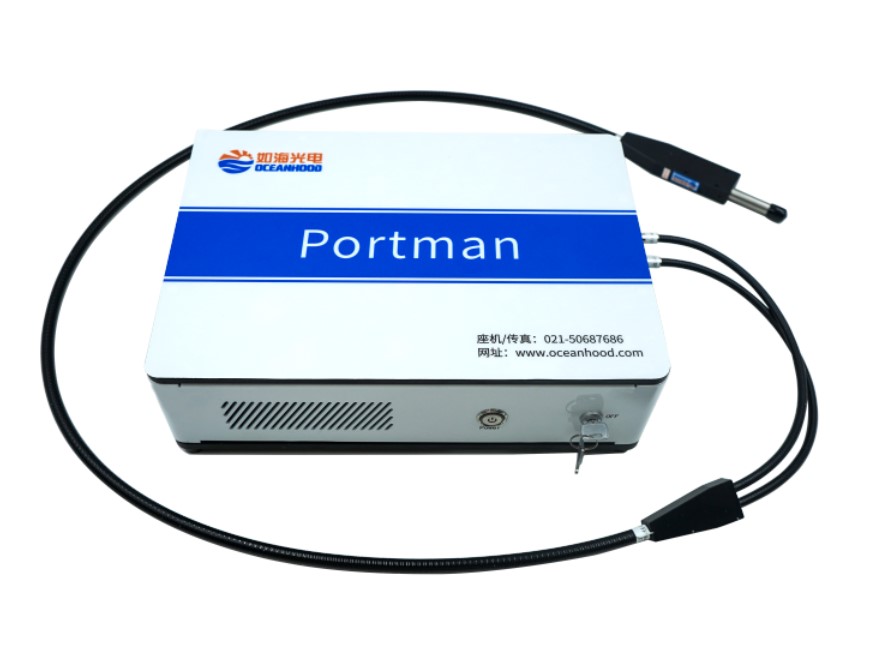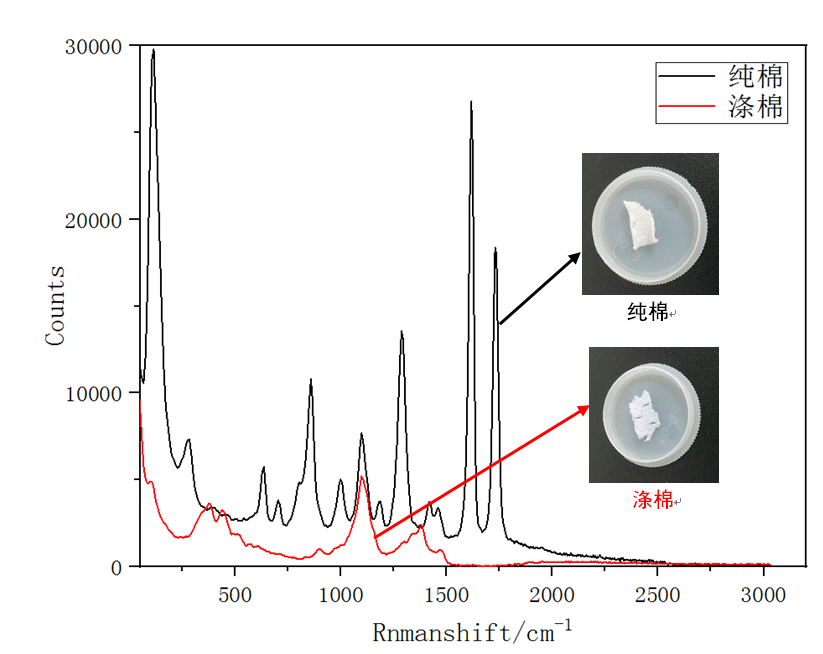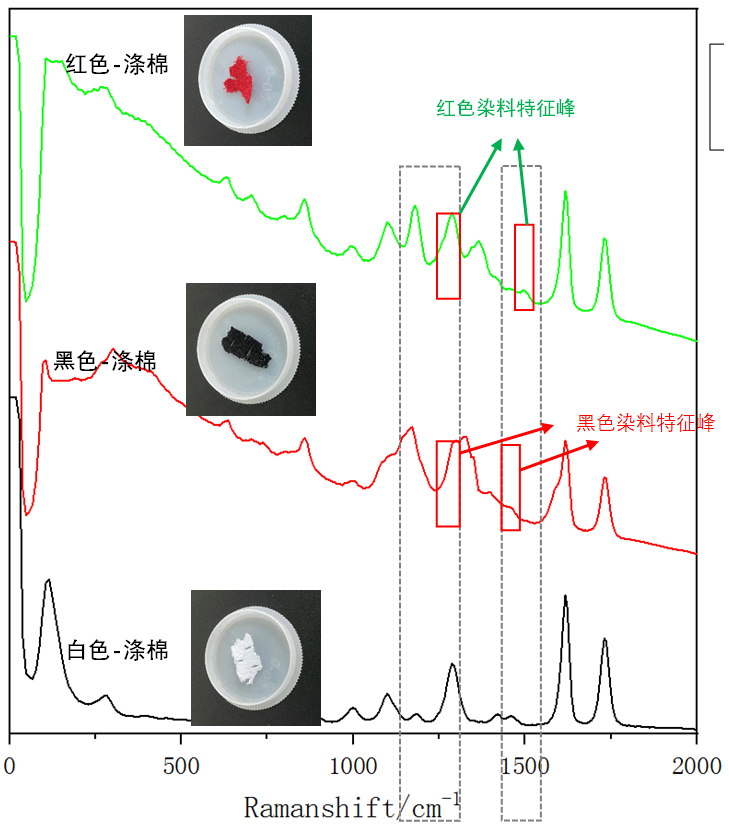| Launch:2022-07-01 |
Raman spectroscopy has been used in textiles for many practical applications, such as textile fiber detection, textile attachment dye identification, and identification of natural and synthetic dyes. Compared with gas-phase and liquid-equal methods, Raman spectroscopy does not require the use of organic solvents, no sample pretreatment, and the detection speed is fast. Therefore, there are very great application prospects in the textile printing and dyeing industry.
At present, the most commonly used excitation wavelengths on the Raman market are 785nm, 532nm, 514nm, 633nm, etc. However, due to the addition of high fluorescent dyes, dye aids, etc. to most textiles, the use of such Raman instruments is often subject to strong fluorescence interference and can not obtain satisfactory textile Raman spectra.
At the end of September this year, Oceanhood launched a new product PR1064, which is a highly sensitive refrigeration portable 1064nm Raman spectrometer, which can very effectively reduce the fluorescence signal.

In general, the user's stereotype of a 1064 nm Raman spectrometer is that although it avoids the fluorescence region, the obtained Raman signal is relatively weak. Ideal peak information may not be obtained, which is also a pain point when using 1064nm Raman. Therefore, many users of 1064nm Raman are trying to solve the problem.
The PR1064 of Oceanhood can greatly improve the intensity of the detection signal by using the newly developed transmissive spectrometer, making it have the advantages of low fluorescence interference and high detection sensitivity.
PR1064 prototype since the successful development, has received a lot of customer trial demand, in this more than 2 months of trial, confirmed again and again PR1064 can effectively reduce fluorescence, has a high sensitivity, and supports low-power detection mode, can effectively reduce the risk of sample combustion.
Next, the author will show you an application example of PR1064 in a recent physical and chemical laboratory
That is, the use of PR1064 to detect different types of textiles, so that the majority of users have a more intuitive understanding of the performance of this 1064nm Raman spectrometer.

Figure 2: 1064 Raman spectra of pure cotton and polyester cotton
The characteristic peak of pure cotton 1098cm-1 can be clearly seen in the spectral signal of polyester cotton. This makes it possible to qualitatively identify the material of the textile. Quantitative analysis of various materials in polyester cotton can also be achieved by analyzing the peak-to-peak ratio of cotton characteristic peaks to polyester characteristic peaks in the Raman spectrum of polyester cotton blend samples.
We used PR1064 to detect Raman spectra of red, black and white polyester cotton. The test results are shown in Fig. 3.

Fig. 3 1064 Raman spectra of different colors of polyester cotton
As you can see from the figure, the dye-added polyester cotton (red, black) has a stronger fluorescence signal than the dye-free (white) polyester cotton. But it is still possible to detect very obvious Raman signals, and this is enough to distinguish between different colors of polyester cotton.
With such a low fluorescence and high signal-to-noise ratio of Raman spectroscopy, I believe that PR1064 can play a big role in the application research and development of the textile printing and dyeing industry!
Fluorescence interference has always been the most difficult problem to solve in the application of laser Raman technology. The 1064nm excitation wavelength has significant advantages in suppressing fluorescence performance, so the potential demand for 1064nm Raman spectrometer in the domestic Raman market is huge. However, the number of brands of 1064nm Raman spectrometers currently on the market is still very rare. Oceanhood took the initiative to grasp the front-line demand of the market and increased its investment in the research and development of 1064nm Raman spectrometer. After 10 months of independent research and development, we finally launched a new product for the majority of users - PR 1064. After more than a dozen users of the harsh test, PR1064's unquestionable low fluorescence interference detection characteristics and high sensitivity detection capabilities will surely create more application solutions.

